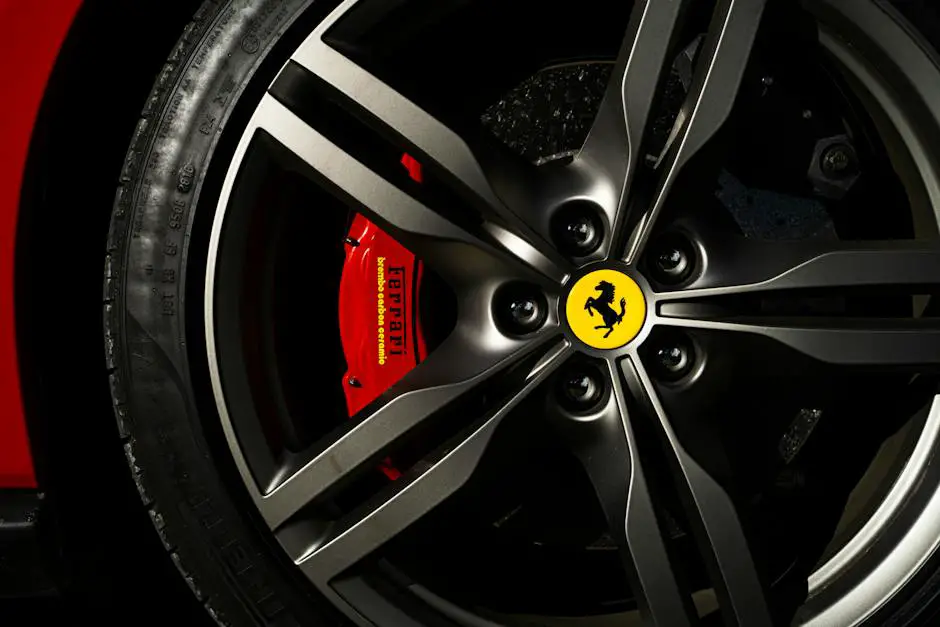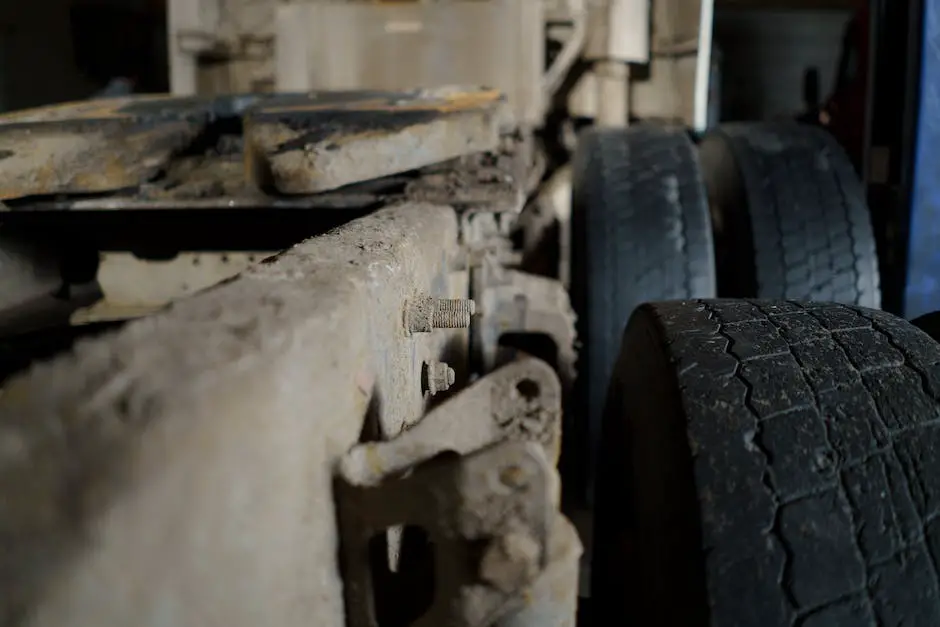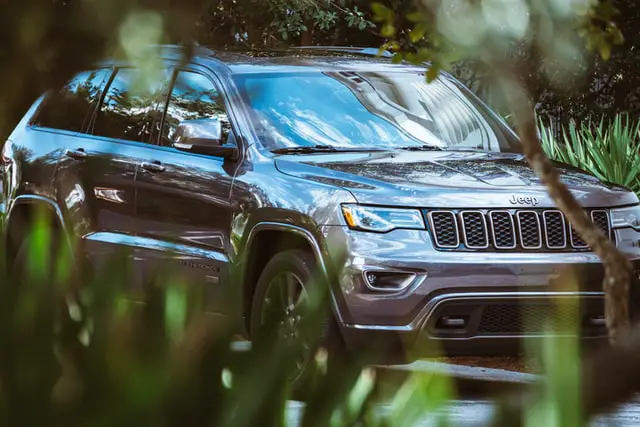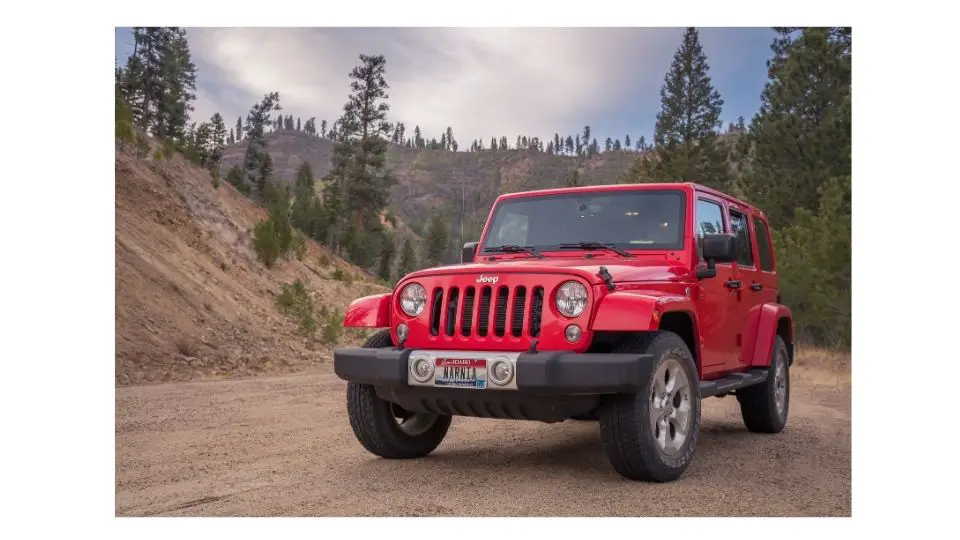Having a profound understanding of the tire size specifications and how they connect to the functionality and performance of your Jeep Grand Cherokee is the initial stride for every enthusiast or hobbyist. Being proficient in tire sizes goes beyond just slapping some rubber on your rims; it dictates the essence of the driving experience, safety and even fuel efficiency. This encompasses grasping the importance of tire size metrics, familiarizing yourself with specific tire sizes for different models and production years of Jeep Grand Cherokee and, crucially, discerning the influences of climate, terrain and even your driving style on the choice of tires. The quest to get the best performance from your Jeep Grand Cherokee starts with a deep comprehension of its tire dynamics.
Understanding Tire Size Metrics
Title: Decoding Numbers and Letters on Your Tire: A Guide for Auto Enthusiasts
If there’s one thing auto enthusiasts relish, it’s turning the complex into the comprehensible, especially when it comes to everything related to their beloved set of wheels. Among the fascinating things wanting to be unveiled is the mystery surrounding the tires – what do the numbers and letters printed on them signify?
Whether you’re a novice or a seasoned gearhead, understanding tire markings reveals vital information about your tires and will surely inflate your auto knowledge!
-
Tire Type
Look for the first letter on your tire. Commonly, this will be either “P” or “LT.” P signifies a Passenger car tire, suitable for most cars, SUVs, minivans, and light-duty pickup trucks. LT stands for Light Truck, designed for vehicles carrying heavy cargo or towing large trailers.
-
Tire Width
The next three-digit number refers to the tire’s width in millimeters, measured from sidewall to sidewall. For instance, a tire marked “P225” has a width of 225mm.
-
Aspect Ratio
Adjacent to the tire width is a two-digit number representing the tire’s aspect ratio, also known as tire profile. This is the percentage of the tire’s height compared to its width. For instance, if the number is “60,” the height is approximately 60% of the tire’s width.
-
Construction
Following the aspect ratio is a single letter indicating the type of internal construction maintaining the tire’s structure. The most common is “R”, for Radial, implying the layers run radially across the tire. Other less common ones could be “D” for Diagonal or “B” for Bias Belt.
-
Wheel Diameter
Moving on, a two-digit number follows representing the size of the wheel from one end to the other. This indicates the wheel diameter in inches that the tire is intended to fit. For example, a tire with “17” will fit a 17-inch wheel.
-
Load Index
The next couple of digits denote the load index. This number corresponds with the maximum load-carrying capacity of the tire when it’s adequately inflated. The higher the load index number, the greater the load the tires can support.
-
Speed Rating
Ending the line is a single letter – the speed rating. This provides the maximum speed for which the tire is certified. For example, “S” represents a max speed of 112 mph, and “Y” signifies a max speed of 186 mph. Remember that it’s critical not to exceed the speed rating for maximum safety!
-
DOT and Manufacturing Date
Elsewhere on the tire, you’ll notice “DOT,” followed by a series of letters and numbers. This signifies compliance with the U.S. Department of Transportation’s standards. At the end of this line, a four-digit number reveals the week and year the tire was made. For example, “3520” means the tire was manufactured in the 35th week of 2020.
Cracking the code of your tire markings can give you valuable insights into the tire’s capabilities and limitations, ensure you replace them with the right kind, and most importantly, keep you safe on the road. So next time you’re feeling idle, use this newfound knowledge to decipher the story your tires are aching to tell!

Jeep Grand Cherokee Specific Tire Size
Journeying into the heart of the topic, one must grasp the significance of understanding their Jeep Grand Cherokee’s standard tire size. An overlooked yet an absolutely vital piece of information, it provides in-depth knowledge about your vehicle’s capability and efficiency on different types of terrains. Commence with the awareness that the standard tire size for a Jeep Grand Cherokee has remained consistent over several model years.
The typical tire size of a Jeep Grand Cherokee is approximately 245/70R17. For the uninitiated, this string of numbers and letters might seem obscure, but it houses integral specifications about the tire. The first number, 245, sheds light on the tire width, sketched out in millimeters. This provides an understanding of the tire’s footmark and can be instrumental when considering the force distribution.
The second number, the 70 that one sees, is in percentage. It represents the aspect ratio, or simply construed as the height to the width ratio. An often underappreciated element, a prime aspect ratio can enrich the drive comfort and fuel efficacy of the vehicle. Here’s an interesting tidbit: a lower aspect ratio implies a lesser sidewall height, paving the way for enhanced steering response and symmetrically, a higher number indicates a taller sidewall, aiding in smoothing out those bumpy rides.
Let’s not overlook the letter ‘R’. This stands for radial construction, quite the staple in the automobile industry. The radial construction signifies the alignment of the internal body plies and is extensive in improving the tire’s wear potential, ultimately influencing your vehicle’s life span.
Another defining figure is the 17, corresponding directly to the wheel diameter in inches. This understanding is vital, especially for those who might consider straying away from the standard to accommodate customized tires. Always remember, the proper fit is the recipe for a perfect ride.
An often looked over aspect, however, is none other than the DOT and Manufacturing Date. Yes, it’s more than just a simple code marking and provides important information such as manufacturing location, tire size, manufacturer’s unique code, and even the week and year the tire was made.
By looking into these parameters, one gains a crucial comprehension of their vehicle’s specifications, contributing majorly towards enhancing vehicle safety, longevity, and improvement of overall driving performance. Venturing deeper into the subject can provide more personalized and optimal modifications to the vehicle, taking the driving experience to a higher level. A whole new world to explore, isn’t it? As they say, the devil is indeed, in the details.

Photo by kirkthornton on Unsplash
Choosing the Right Tires for Your Jeep Grand Cherokee
The exciting journey of picking the right tires for a Jeep Grand Cherokee doesn’t stop just yet. Along with the various parameters already discussed, like Tire Type, Width, Aspect Ratio, to name a few, there are other remaining factors to consider. Unraveling this information may seem complex, but it’s absolutely worth the effort. With a keen eye on specific details, anyone can become proficient in making well-informed choices about tires.
Locating and understanding the Uniform Tire Quality Grading (UTQG) must be a part of tire selection protocol. Everyone will find this standardized grading system invaluable. Jeep as a vehicle brand places robust quality and performance at the core of each model, making no exception for the Grand Cherokee. The UTQG gives scores for Treadwear, Traction, and Temperature Resistance. Higher scores mean longer-lasting tires, better wet-stopping capacity, and improved heat-dissipating capability– aspects that are vital for the gnarly trails a Jeep is destined to conquer.
Trail-rated badges on some Jeep models signify one thing — off roading excellence. From treading precarious terrains to traversing through waterlogged areas, these Jeeps are adventure-ready, and their tires must be, too. Consider the need for Specialty Off-Road tires, which are designed with higher durability, deeper treads, and maximize surface grip to negotiate rugged terrains.
Understanding the implications of Terrain and Weather on tire choices is all-consuming yet significant. All-Season tires can handle moderate weather conditions and provide a smoother ride, while All-Terrain tires are preferable for those who often oscillate between highways and difficult terrains. For better ice and snow traction, Winter tires are the go-to.
Tire Pressure is an essential but occasionally overlooked element. Maintaining optimal tire pressure ensures extended tire life, improved safety, and better fuel efficiency. The recommended pressure for Jeep Grand Cherokee tires generally falls between 30 and 35 PSI, although it’s always best to verify in the vehicle’s manual.
Finally, consider Brand Preference and Price Point. Some tire manufacturers are more off-road oriented than others, resonating with the adventurous spirit of the Grand Cherokee. Price does matter, but consider it as an investment in enhanced driving experience and overall vehicle longevity.
Navigating through the path of tire selection may be a tad daunting at first glance, but each step brings one closer to a perfect set of tires. The customized journey of understanding all intricacies about Jeep Grand Cherokee’s tires enriches the passion for adventure, safety, and performance – the very pillars that the Jeep brand stands on. There’s nothing quite like it!

Unlocking the nuances of tire sizing for your Jeep Grand Cherokee is no small feat but definitely rewarding. Embracing the relation between dimensions and functionality provides insights into optimal tire variations for your specific model and year of production. Moreover, appreciating the impact of factors, such as climate and terrain, helps in making wise purchases that enhance performance and safety. Such knowledge proves invaluable as it ensures that you are not just a Jeep Grand Cherokee owner but an enthusiast who cares for every detail of their vehicle and its performance. After all, tires do more than just connect your vehicle to the road; they are a fundamental component that shape your Grand Cherokee’s utility and driving experience. Embrace the expertise, and let every trip, adventure or ordinary commute be the testament of your informed choices.





